My Husband Betrayed Me So Hard That I Almost Died, Now Everything Blew Up in His Face

There are many miles of undiscovered areas beneath the crust we can’t even come close to. Scientists found what appears to be underground mountains buried inside the mantle. Our planet is divided into 3 layers — the crust, the mantle, and the core.
The crust is where 8 billion people, trillions of trees, and millions of animals live and thrive. There are also different types of crusts in the land and the ocean. The oceanic crust contains unique rocks and is denser than the land crust.
We all see how the Earth is divided and color-coded to show the crust, mantle, and core in textbooks. But there are also special layers in between that not everyone talks about.
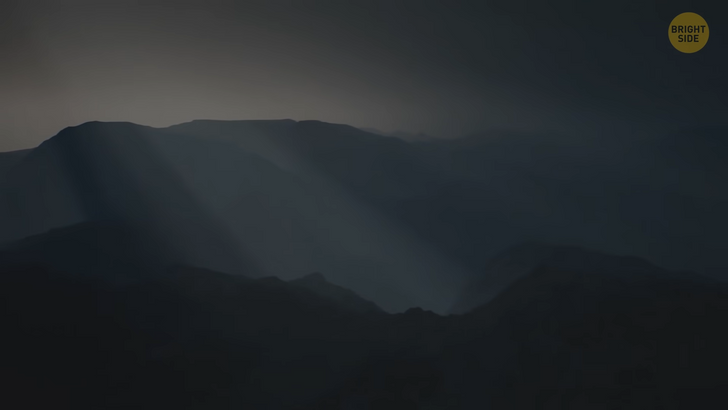
The mantle is divided into the upper and lower part, which is the transition zone. Since the mantle acts as the geological recycling center, the plate tectonics don’t only move side to side, but up and down. It’s actually why all the volcanoes appeared! The magma spews out to the surface or even underwater and then sinks back down and repeats. The transitions go down 250 miles [400 km] and then 410 miles [660 km].
And in this bottom layer, scientists keep discovering the hidden landscapes. The mountains in the mantle are more rugged and much larger than the ones on the crust. Scientists found a mountain range with peaks higher than Mount Everest. Some of them are as high as 600 miles [965 km].
When the continents were still landlocked together, there may have been some hidden lands now underwater. Theories suggest that Iceland used to be a part of a larger microcontinent Icelandia which connected present-day Iceland with Greenland and Scandinavia. The idea digs even deeper to a Greater Icelandia, which includes Britain. But after the split, these bigger lands sunk with everything in it.
There are also theories about New Zealand being part of Zealandia, a hidden microcontinent within the same region. So it could be that these mountains used to be a part of old Earth that are underground over the billions of years of natural occurrences. But still, it isn’t very likely.
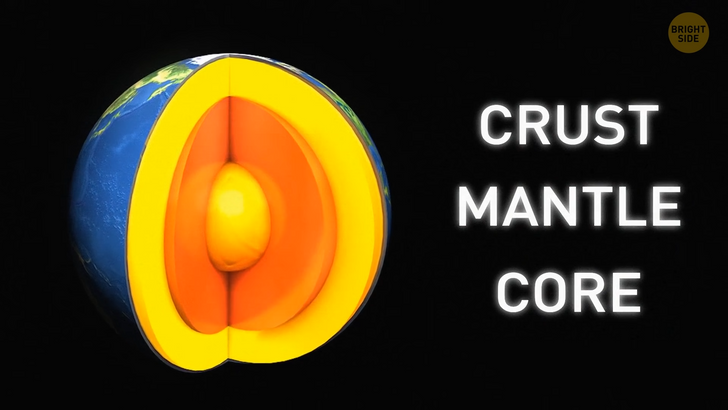
One theory is that these underground mountain ranges could be leftover slabs of rock that descended from the surface to the transition zone from the moving of the tectonic plates. As they sink, the large pieces break down into smaller ones. And as they compile over the millions of years, they form what appears to be underground mountains. Since the mantle is the geologic recycling zone, it’s likely that the rocks down there used to be part of the surface.
They weren’t large pieces of land that got hidden just like dogs hide bones in the garden. But it takes way more time to hide mountains. Some parts of the mantle appear to be smooth, while others aren’t so much. The parts that have a cluster of rocks could contain hidden elements in the underground mountains. The smoother parts don’t have much seismic or volcanic activity, while the rough parts do.
The best way to study those underground landscapes is to wait for an earthquake or a volcano eruption to happen. Seismologists can observe the Earth’s interior with special scanners, just like doctors use ultrasound to examine a patient. They can even see minor details and not huge chunks of rocks.
A strong enough earthquake can send shockwaves to the Earth’s interior even through the core and back up to the surface. Depending on where they occur, seismologists can observe and study the intensity of the waves as they move back and forth. On smooth rocks, the waves can travel in a straight line. But once they reach a rough area, the waves tend to scatter.
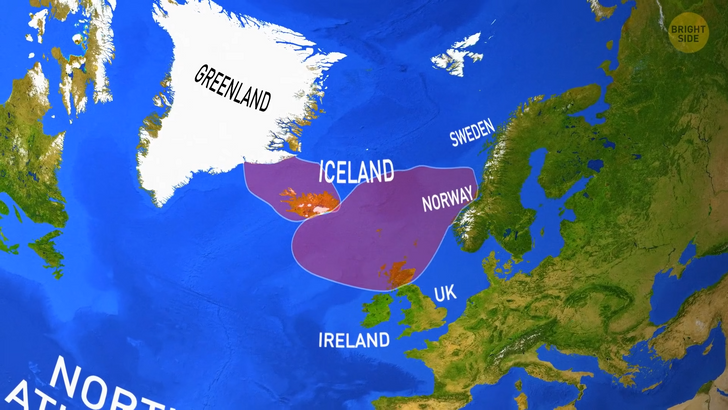
The temperature and composition of the materials can make the waves move faster or slower. But this info isn’t exactly accurate and won’t contribute a lot to the actual data of the underground mountains. So by analyzing the scattered waves on ships and utilizing the Earth’s magnetic field, scientists can figure out everything they need to know.
But these studies are only good enough to figure out the interior in today’s state, not how the Earth changed over the past 4.5 billion years. However, scientists are certain that mantle material still dates back to the beginning of Earth’s original formation. The question “why not just dig a hole to the center of the Earth and see what’s going on down there?” might seem logical.
The deepest hole humans have dug so far is the Kola Deep borehole in the Arctic that goes more than 40,000 feet [12 km] deep. The locals claim they can actually hear screaming coming from below. It took almost 20 years to drill as far as they went, but it’s literally merely scratching the surface of what’s underneath. They dug about one-third of the crust, which is only 0.2% to the center of the Earth.
Getting there is beyond us, just like trying to reach the sun. No human can handle the amount of pressure down there. Going down the Mariana Trench, the Earth’s deepest point, requires special gear to withstand all the immense pressure. It’ll cost a fortune to build that tech to get us to the center of our planet.

Evidence of diamonds buried deep in Brazil shows that everything we do on the crust’s surface can affect things miles below, even towards the mantle. Scientists dug up 6 diamonds that could hold tiny mineral grains. As they’re called in the mineral world, these inclusions have a chemistry composition where they originated deep in the Earth. Typical diamonds are formed at depths less than 125 miles [200 km] in the upper mantle, where it’s extremely hot. The high pressure and boiling temperature down crystallizes carbon and creates diamonds.
But humans can’t dig all the way down there. They mine them by detecting where a deep volcanic eruption happened that expelled these diamonds to the surface. These eruptions occurred millions of years ago when dinosaurs used to rule the Earth. They shot out the diamonds that were in the mantle and are now embedded within the cooled down volcanic material. That’s where people mine them.
But these special diamonds found in Brazil originated from a much deeper point than usual, which can further help scientists study the depths of the Earth. They can extract these inclusions and analyze them in a lab to tell where exactly these minerals come from. In the lab, scientists study inclusions, each just 15 to 40 microns wide, less than a quarter the width of a human hair.
They found out that they contained many types of minerals found in volcanic rock on the surface. The carbon composition of the magma from the surface is much different than the ones deep in the Earth. What’s crazy is that these diamonds with special inclusions can only be found 435 miles [700 km] in the lower mantle. With only a few samples of them found, we don’t know what else lies beneath us.
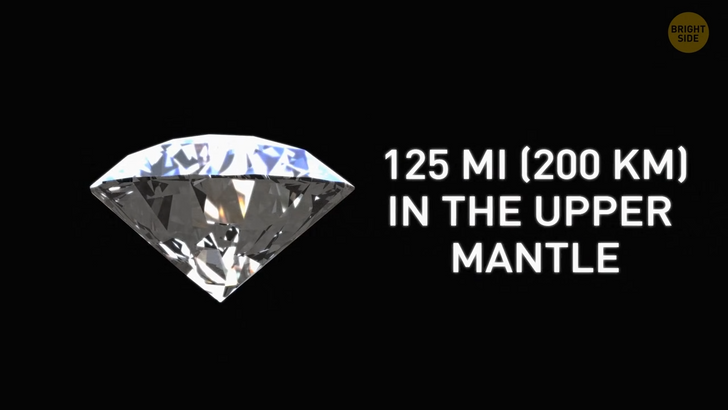
It’s possible that those mountain ranges underground taller than Mount Everest can have traces of diamonds all around, which would prompt excavators to dig them up and saturate the market with them. These diamonds are less flawed than the usual ones and might even come in many sizes.
It’s possible to see diamonds as large as a car or as small as a grain of rice. There might even be new diamonds with different chemical compositions than the ones we find near the surface.
The largest diamond in the world is the Cullinan which can fit in the palm of your hand. It weighs around 1.3 [lb (0.6 kg)] pounds and is 3,100 carats. It was found in 1905 in South Africa. For anything to exist on Earth, you need carbon.
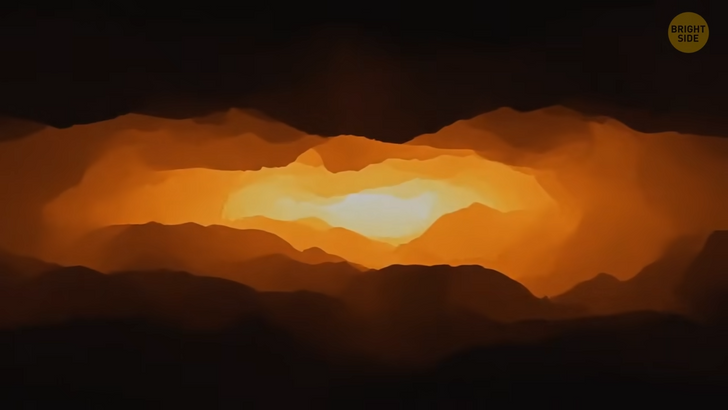
In a nutshell, the carbon cycle is when plants and algae release carbon dioxide into the atmosphere or dissolved in water through photosynthesis. It’s converted into carbohydrates and stored as fat.
Later on, carbon dioxide is released into the atmosphere through breathing which the plants benefit from, and the cycle goes on. Scientists claim that there might even be a carbon cycle in Earth’s interior.
The oceanic crust has a lot of carbon sediment that could mix with the upper and lower mantle layer. But there still isn’t enough evidence to support this. The deep diamonds might be the key to popping open that theory. Only time will tell.











